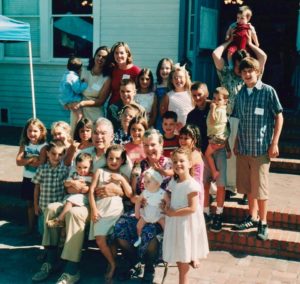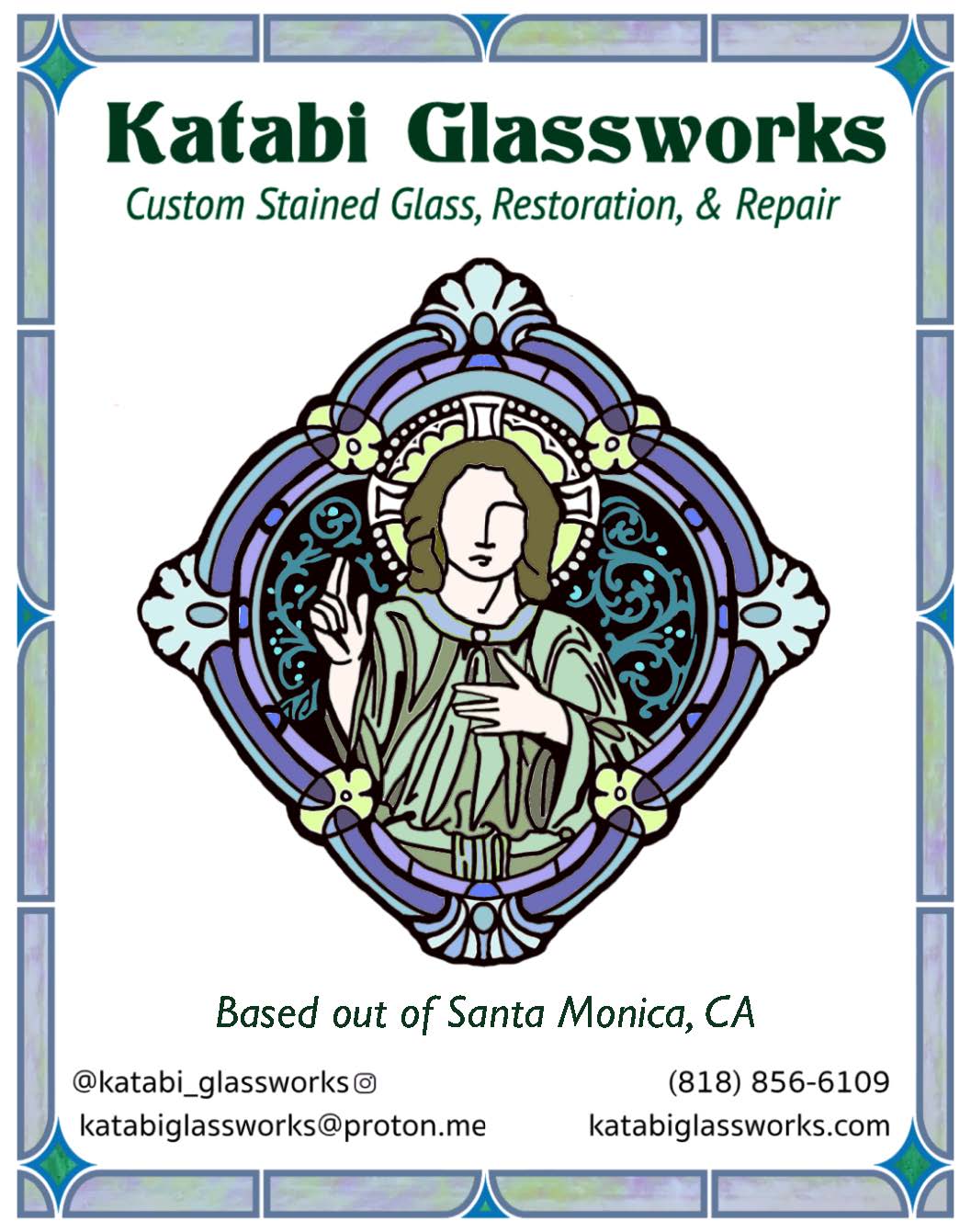The year was 1974, and my grandparents were facing the biggest test of their lives.
My grandmother, Angela, was hospitalized after contracting a life-threatening case of Hepatitis A while giving birth to her 12th (and final) child. During the same time, my grandfather, Gay John, was diagnosed with terminal malignant melanoma. As they both underwent treatment, their children were dispersed among family members to help care for them.
Then 45, my grandmother eventually recovered and regained her strength. But the prognosis for my grandfather remained dire: doctors found that the skin cancer had spread to his lymph nodes, and there was no treatment available that could stop it.
My grandparents were devoted parishioners of St. John the Evangelist Church in South Los Angeles, and by that time had become increasingly involved in the Marriage Encounter movement.
Someone — we’re not sure who — had told them about the saintly old Basque priest living at the Claretian Center on Westchester Place, just west of LA’s Koreatown. They went to see him at Mass one Saturday morning. After listening to them explain their situation and praying with them, Father Aloysius told my grandfather to come back the next week, that he was waiting for a sign.
From what their children remember, my grandparents returned to the Claretian Center for Saturday morning Mass again at least twice. The final time, he told them that the sign he was waiting for, a rose in his window, had appeared, and that my grandfather had been healed.
At the next doctor’s visit, the surgeon who had been treating my grandfather insisted on operating on the lymph nodes in his groin area right away. Being scientifically inclined, he agreed. (My grandfather was a believer, but he was also a microbiologist.)

My grandmother would later tell the story of the surgeon coming out of the operating room in tears to tell her that there was no cancer, and that it must have been a miracle.
My grandfather would go on to live 39 more years, my grandmother 47. During that time, they were blessed with 30 grandchildren and countless adventures. A few years after the healing, my Dad (the second of the 12) would return to the Church, begin an itinerary of post-baptismal Christian formation with his parents, travel the world as a lay missionary, and eventually get married and have eight children.
My grandparents were certainly not the only people with a Father Aloysius miracle story, as the previous article shows. But neither was that the last miracle they would live to see. In the decades that followed, they experienced and witnessed plenty of difficult (and nonmedical) situations where they saw God doing the impossible in their lives — and the lives of others. Perhaps, in God’s infinite wisdom, one impossible healing was part of a plan to beget many more miracles.
A year or two after my grandpa died, I accompanied my grandmother to a dinner event organized by those promoting Father Aloysius’ cause for canonization. The postulator at the time explained that while stories like ours were nice to hear, what really counts now are miracles attributed to Father Aloysius’ posthumous intercession (after his death, not before it) that help prove that he’s alive in heaven.
For those facing an impossible situation of their own, here’s a Servant of God who might be able to help — and in return, could use some of our help himself.
To learn more about Father Aloysius Ellacuria and his sainthood cause, visit Aloysius.com.

